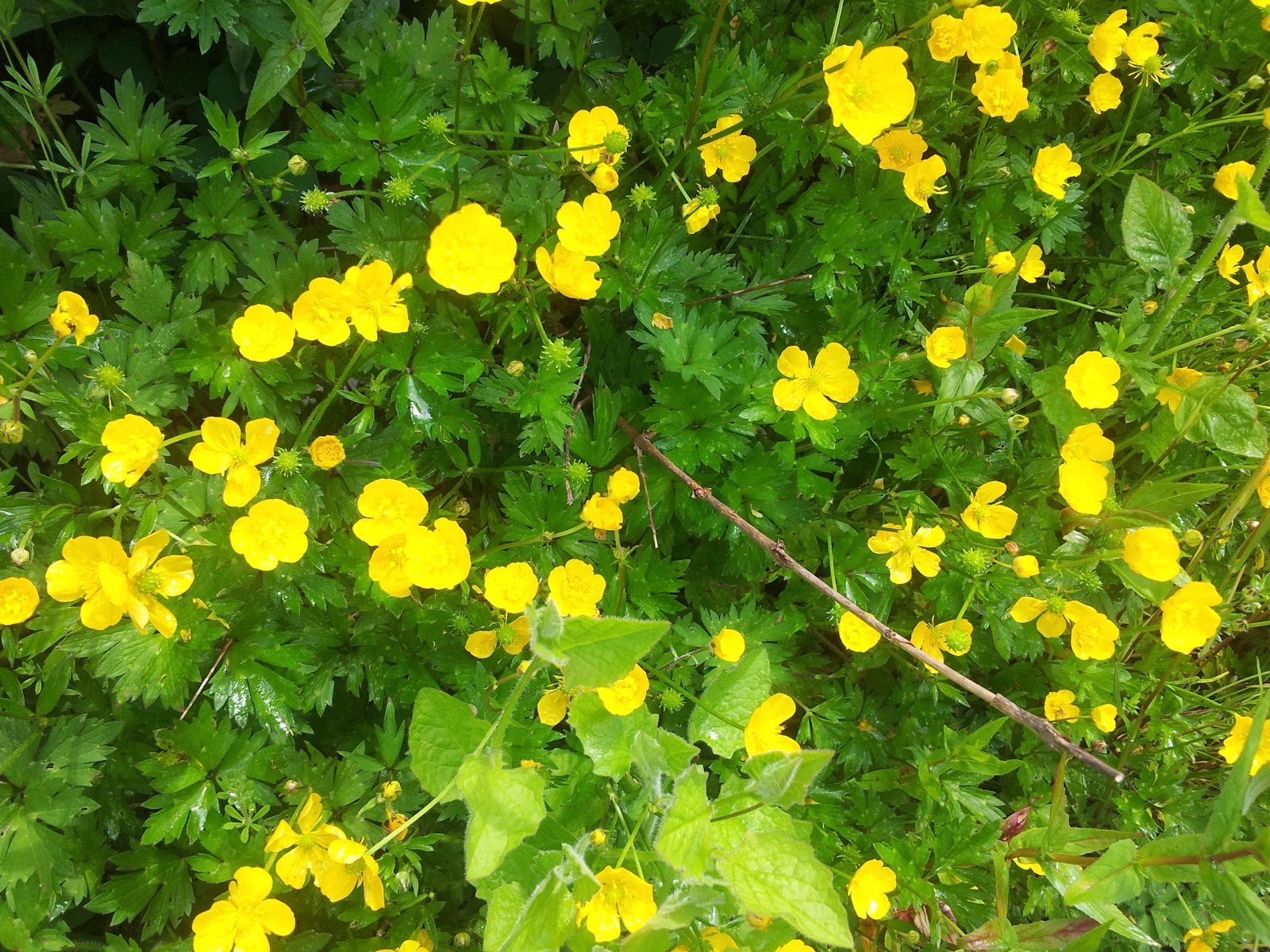This post is brought to you courtesy of Paul and the growing committee so I can't take any credit for this.
This is the first monthly newsletter from the Growers Committee for a while (we've been too busy working on the plots!). The snow, late frosts and dry spring and hot July are behind us and high summer brings a very healthy looking allotment. Many crops are ready to harvest and the pests have been much less destructive than last year.
The Summer on Lotti
Our beds are looking in the best condition ever and are testimony to a lot of hard work since the winter. Every area has had a crop of some kind and we have had many more successes than failures this year.
May and June tend to be barren months for harvest, just a few salad crops. Our first harvests were the winter onions and garlic, reasonable numbers but on the small side, reflecting the difficult weather.
The fruit trees are covered in small fruit so we are hoping for a good crop of pears, apples and plums later. The Black Currants have been excellent. The Strawberries were tasty but not abundant and we lost a lot again to mice or possibly squirrels.
Our Pumpkins are rampant and the squash have set fruits already so things look good for the autumn. The courgettes are bountiful and as always happens in these circumstances, we have some large marrows (there is pile in the shed so help yourself and try making a stuffed marrow dish).
The potato crop is very good this year, specially the early crop of Charlottes. We still have the main crop in the ground and we will be lifting that shortly to store for the winter. The summer onions are good and starting to dry off ready for harvest.
This year we have planted three old baths with carrots and took the first harvest this week. They look amazing and are the best I have ever grown. Another success is the summer Brocolli.
In the Poly Tunnel, the first tomatoes are just staring to turn red and the cucmbers are producing well. The peppers refused to grow earlier but are now finally flowering and the first fruits are visible. We also have a number of exotic Cambodian plants (curtesey of seeds from my neighbough). They include several different types of unusual shaped cucumbers and some Bean Curd plants.
A lot of regular maintenance jobs are needed to keep such a big plot going through the main growing season. Thank you to everyone who has contributed to the watering rota this summer, tidied up the brambles and kept the big weeds in check around the site. Cisse has done a splendid job of cutting the privet hedges around the site.
Eleanor has made an automatic Comfrey juice generator. Raw comfrey in the top, liquid feed from the bottom – it’s in the Greenhouse, take a look. As we harvest and clear beds we are sowing green manure or mulching with Comfrey. In the late autumn we will dig this into the beds to improve fertility for next year.
The Coming Months
There is no more sowing and planting to do for a while but, as always, plenty of weeding to prevent weeds seeding into the beds. And lots of harvesting!
There is still opportunity to spend a productive time down on the plot in the fresh air and sunshine, so we hope to see you on a Wednesday morning, Saturday afternoon or at the August and September working days.
Paul on behalf of the Growers Committee




















